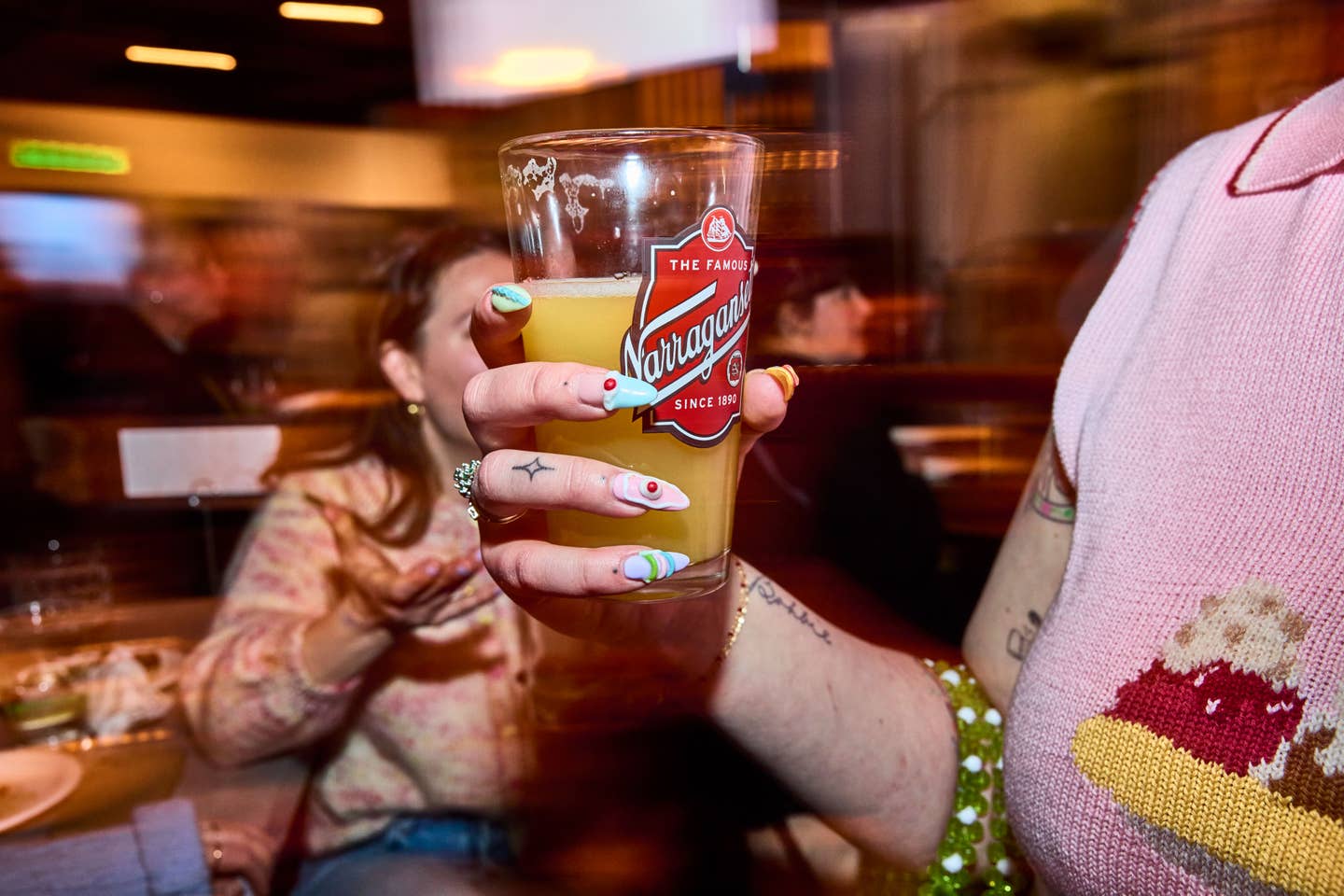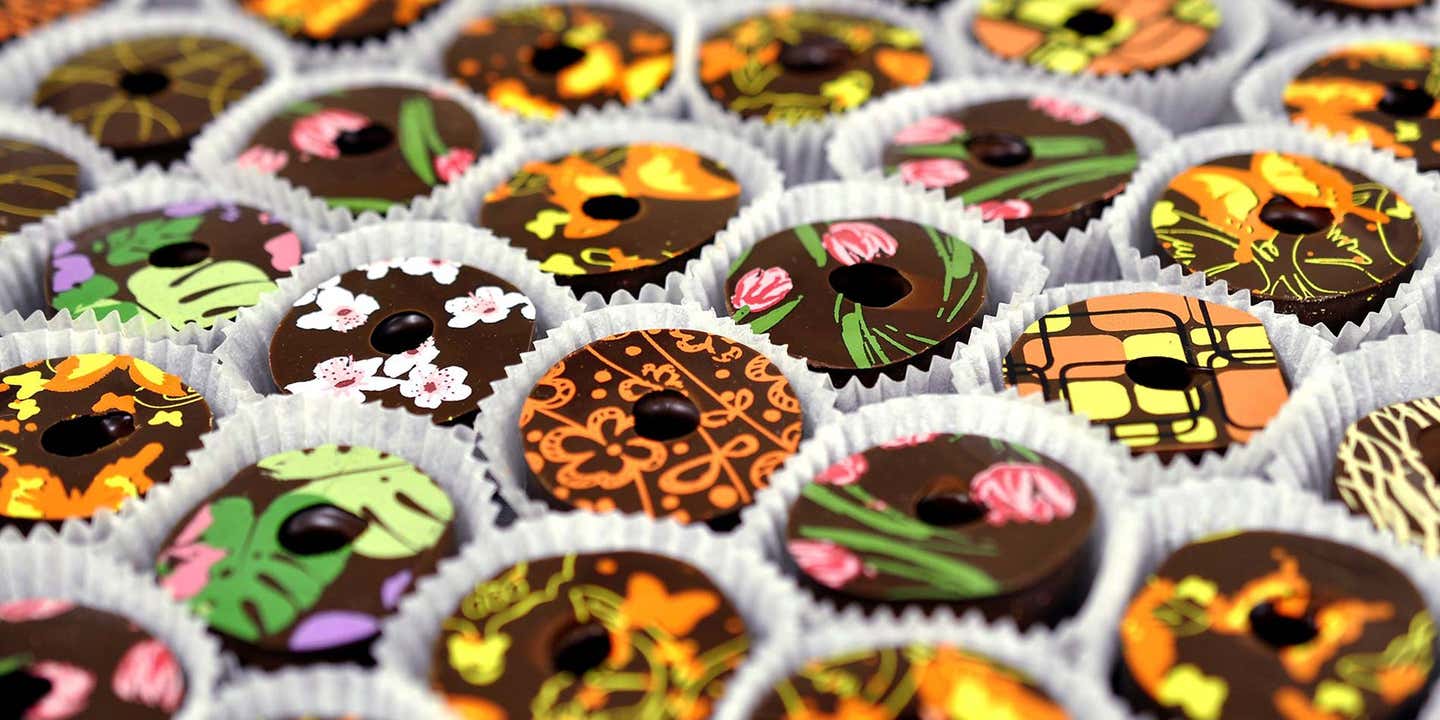
This is Guatemalan Chocolate, for Guatemalans
Reclaiming their country’s legacy of cacao production, these artisans are creating chocolate worthy of Mayan royalty
Fine chocolates flavored with passion fruit, pistachio praline, and Zacapa rum fill the displays at the Danta Chocolate boutique storefront in Guatemala City. The chocolate produced here is distinctly Guatemalan. From the cacao to the cocoa butter, every ingredient hails from the Central American nation. The final product has passed only through Guatemalan hands—the cacao farmer, the chocolatier, and finally the consumer.
Moreover, the chocolate tastes good. It's been named one of the best in Central America, winning numerous gold and silver designations at this year's International Chocolate Awards. This is somewhat surprising for locally produced Guatemalan chocolate. Guatemala is known to have high-quality cacao, but not high-quality chocolate.
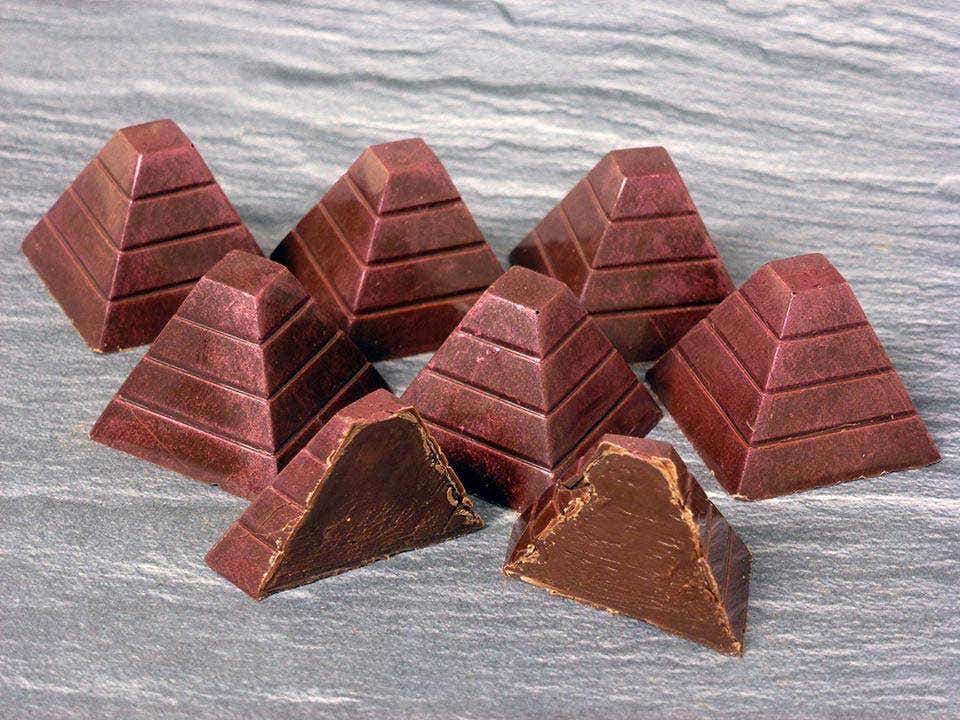
“There was this terrible misconception here that any chocolate that was made locally was bad,” said Danta Chocolate founder and chocolatier Carlos Eichenberger. “And it was true to a point because you couldn't buy fine chocolate here.”
Eichenberger, and a small group of Guatemalan chocolatiers, are changing this. They are doing so by following a local model. Danta Chocolate only buys directly from Guatemalan cacao producers and keeps the whole chocolate-making process within the country. A few other places, such as ChocoMuseum and Kaffee Fernando's in colonial tourist town Antigua, follow a similar model.
This is a drastically different approach to the way the fine chocolate industry has historically operated. The traditional formula takes cacao produced in developing countries in Africa and Latin America and sends it to chocolate-makers in the U.S. and Europe, who then turn it into a truffle or chocolate bar.
Guatemalan producers and consumers get stiffed in the process. The sale of cacao is made through an intermediary, which means Guatemalan producers lose profits in the process. Eichenberger buys directly from Guatemalan cacao farmers instead, giving them a better price.
His location is in part what allows him to do this. He can search out the best Guatemalan cacao producers and visit them himself instead of relying on someone else to purchase the cacao for him. In turn, farmers looking to sell their cacao often seek out Eichenberger and send him samples of their wares.
“It cuts out the middleman and it definitely puts the money in the right hands,” he said.
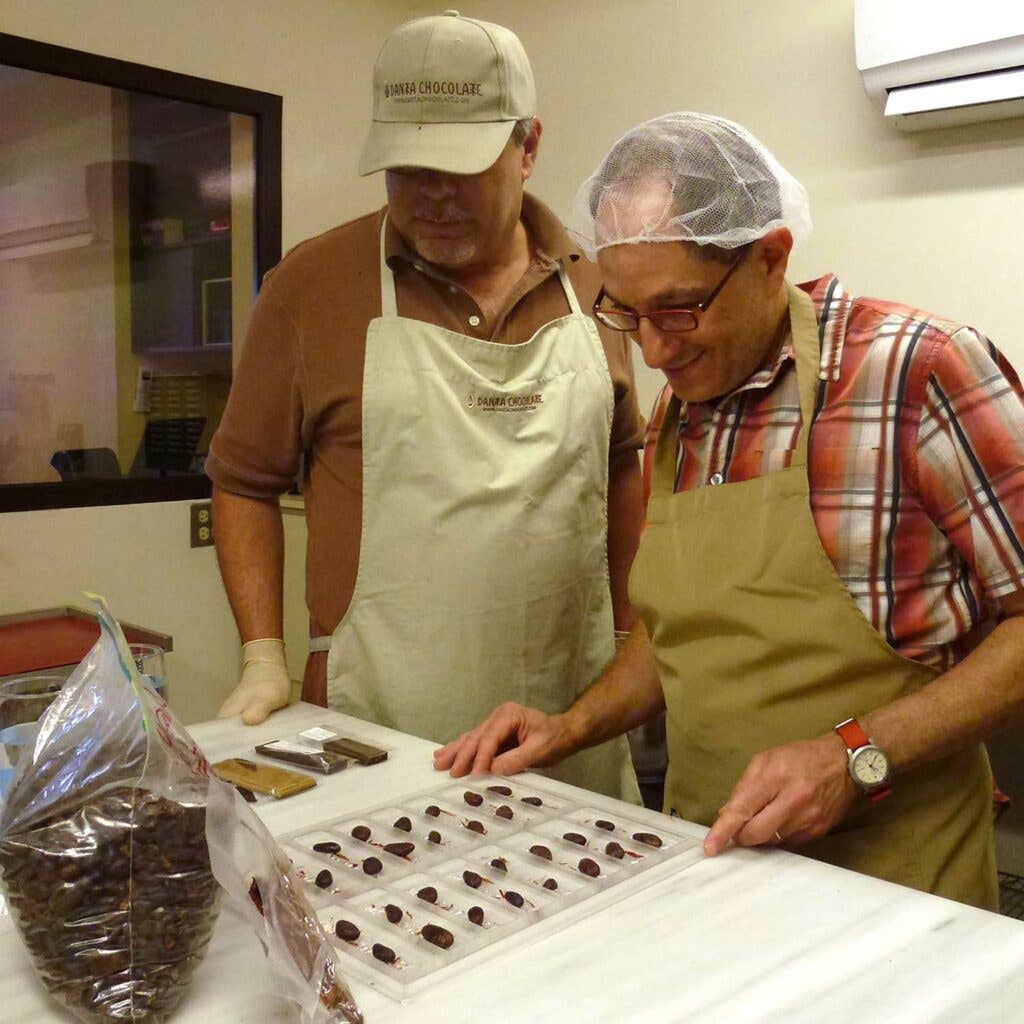
The Central American nation produces two thousand tons of cacao each year, according to Ismael Herrera of the Cacao and Chocolate Commission within the Association of Guatemalan Exporters. Eighty percent of that production stays in Guatemala since the country has a large domestic market for drinking chocolate, which typically uses cacao of a lower quality. But the best way for producers to make more money is by producing high-quality cacao for the fine chocolate industry, Herrera said. Exporting cacao to international chocolate makers is one way to do so, but producers will get a better price if they sell to a local buyer such as Eichenberger.
“They buy directly from the plantations, so that is direct commerce, and so the producers earn more,” Herrera said.
Then there's consumer. The typical chocolate consumer is European, American or Australian, which means that most chocolate bars made from Guatemalan cacao may never reach a Guatemalan. Danta Chocolate aims to give Guatemalans the chance to enjoy a fine product that is closely tied to their country’s roots. At about $4 USD a bar, it's still currently out of the price range of many Guatemalans, but for middle class Guatemalans, Eichenberger appeals to their sense of national pride to get them hooked on his treats.
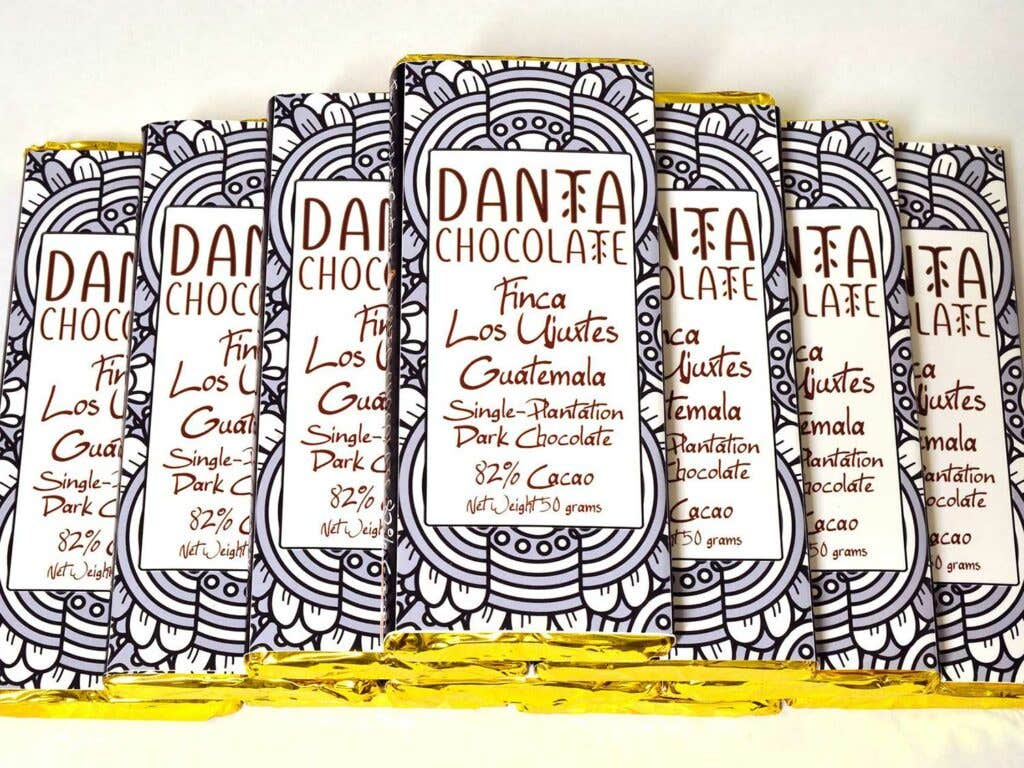
“One thing that we do have that is a pretty solid claim is heritage,” said Eichenberger. “So we can actually trace it back [thousands of years] or more that the Maya were using cacao and consuming it locally.”
Chocolate in Guatemala dates back to the Mayan empire. Chocolate residue found in a teapot at an archeological site shows that the Mayans were consuming the treat as far back as 500 B.C. To the Mayans, chocolate was sacred. Cacao beans were considered of great value during the Mayan empire, and were even used as currency. Drinking chocolate was a delicacy reserved for Mayan royalty.
Danta Chocolate gives a nod to this history through its name, a pyramid at the Guatemalan archeological site El Mirador, where some of the oldest signs of chocolate consumption have been found. Eichenberger doesn't want this history to be forgotten.
“A few do [know the history], but the vast majority have no clue,” Eichenberger said. “It’s one of our toughest challenges to educate people about fine chocolate.”
For nine years, Eichenberger has taken on this challenge. He has come a long way from making chocolate out of his home. His first time sending out samples to chocolate competitions, he received some disparaging reviews. But by studying and working to perfect his craft, including training in France and Italy with prestigious chocolate school Ecole Chocolat, Eichenberger now produces some of the best chocolate in the region. At the 2017 International Chocolate Awards in Nicaragua, Danta Chocolate came away with seven awards total.
Business has grown steadily along with the increased recognition. Since the original output of 50 kilograms a month when it started, Danta Chocolate has increased production to about 400 kilograms a month. The biggest growth has been in the past year with a new location that opened in November 2017.
Eichenberger, just like Guatemala, is an underdog in the chocolate industry. Cacao-producing giants, such as Ghana, Brazil and Ecuador, far surpass Guatemala’s cacao production. But chocolatiers like Eichenberger are carving out a place in the chocolate industry for the Central American.
“I think that Guatemala will eventually become a powerhouse of a very exclusive and boutique-type cacao,” he said.
Keep Reading
Continue to Next Story









